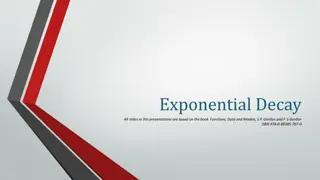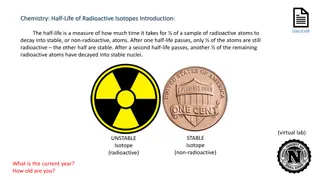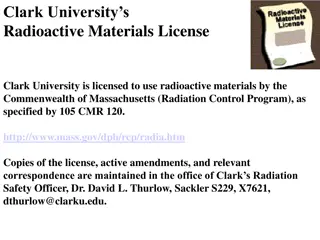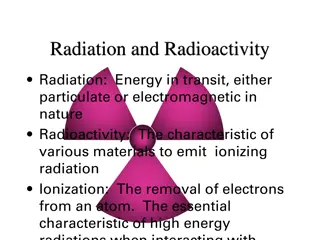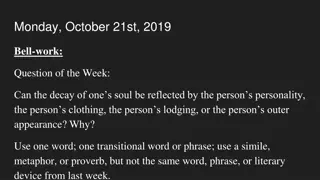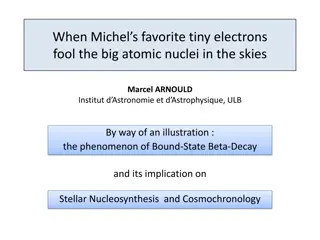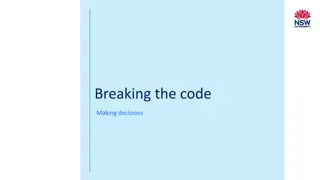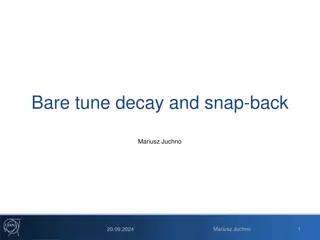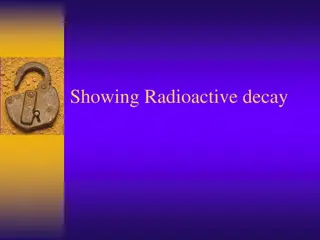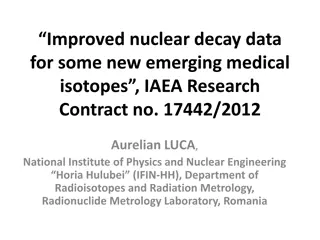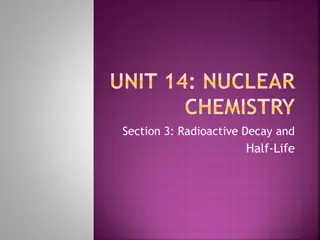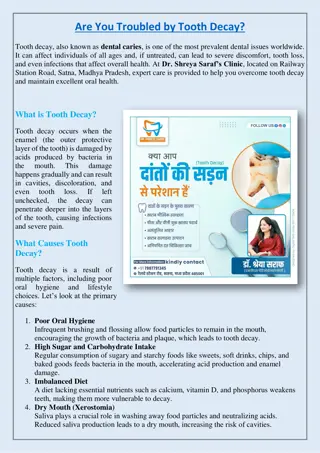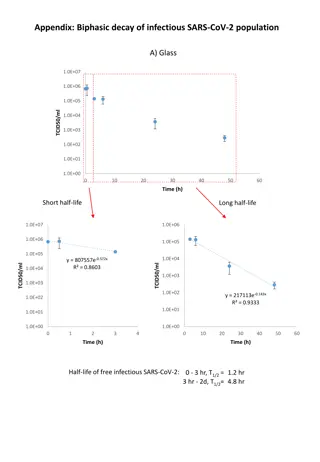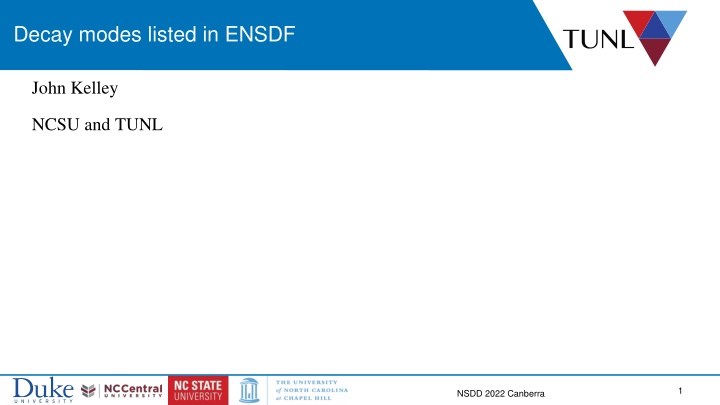
Exploring Decay Modes and Energy Levels of Light Nuclei in NSDD 2022
Discover the fascinating world of decay modes and energy levels in light nuclei as discussed in the NSDD 2022 conference held in Canberra. Learn about the nuances of listing modes, origins of 0 and BE values, and best practices for writing decay modes. Unravel the intricacies of %n and %a conditions while ensuring accuracy in decay mode representations.
Download Presentation

Please find below an Image/Link to download the presentation.
The content on the website is provided AS IS for your information and personal use only. It may not be sold, licensed, or shared on other websites without obtaining consent from the author. If you encounter any issues during the download, it is possible that the publisher has removed the file from their server.
You are allowed to download the files provided on this website for personal or commercial use, subject to the condition that they are used lawfully. All files are the property of their respective owners.
The content on the website is provided AS IS for your information and personal use only. It may not be sold, licensed, or shared on other websites without obtaining consent from the author.
E N D
Presentation Transcript
Decay modes listed in ENSDF John Kelley NCSU and TUNL 1 NSDD 2022 Canberra
Historically: Energy Levels of Light Nuclei 2 NSDD 2022 Canberra
A few general questions Fay had a policy to list mode= for levels observed in (e,e ), but this doesn t feel right? In light nuclei, 0 and BE values often originate from (e,e ) Caution: B(C ) and B(M ) values are often given rather than B(E ) and B(M ) values 3 NSDD 2022 Canberra
A few general questions I learned that listing %Mode=? is acceptable . - But I once heard a user joking that ? must imply the mode is uncertain. 9Be( ,n ) - - How best to write the decay mode? %n>0; %a>0 is true %n>0; %a<100 is true %n<100; %a>0 is true %n<100; %a<100 is true 4 NSDD 2022 Canberra

